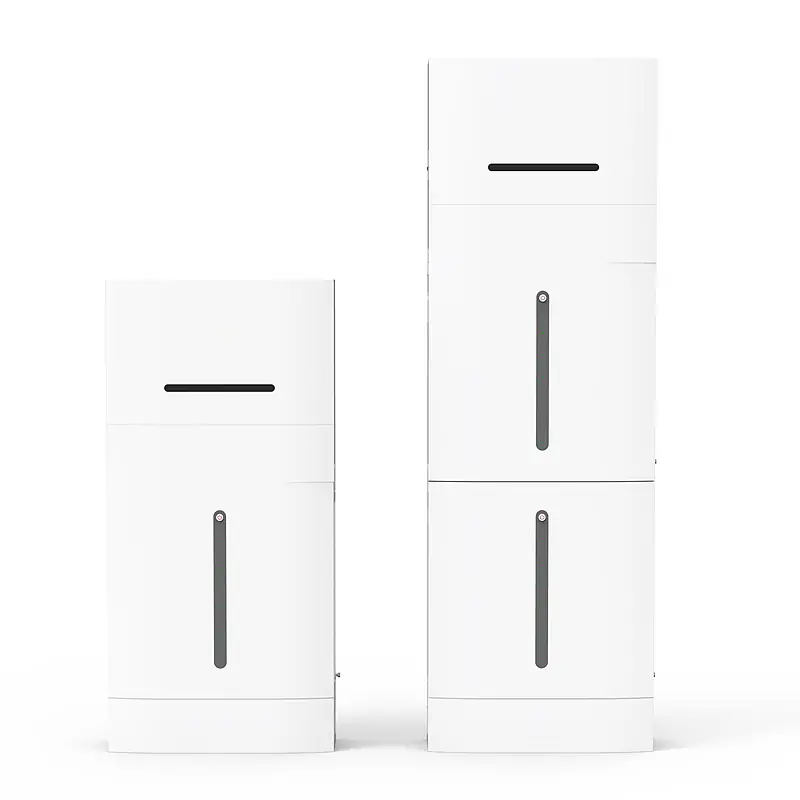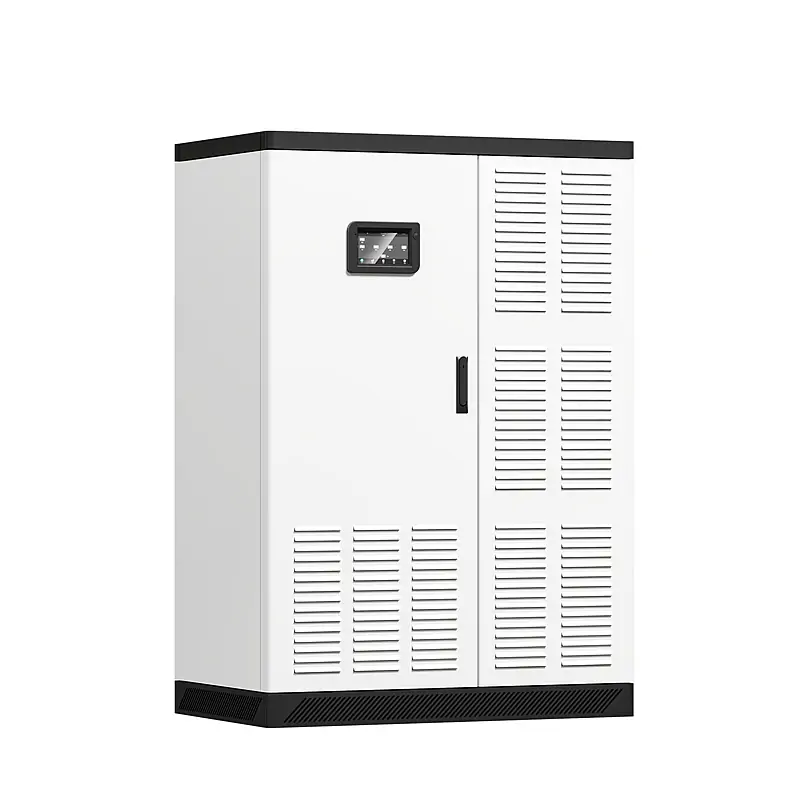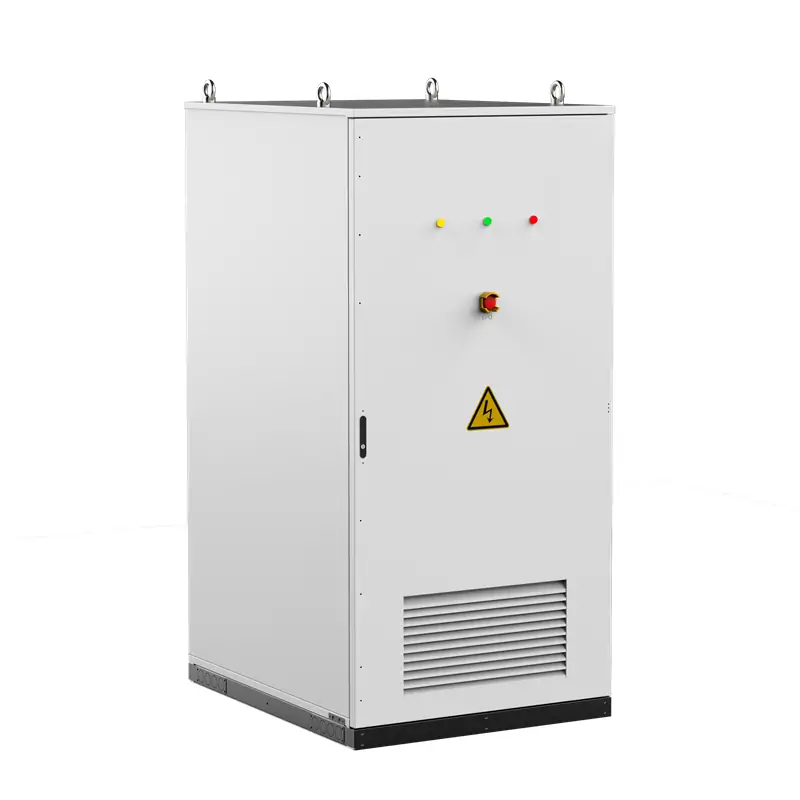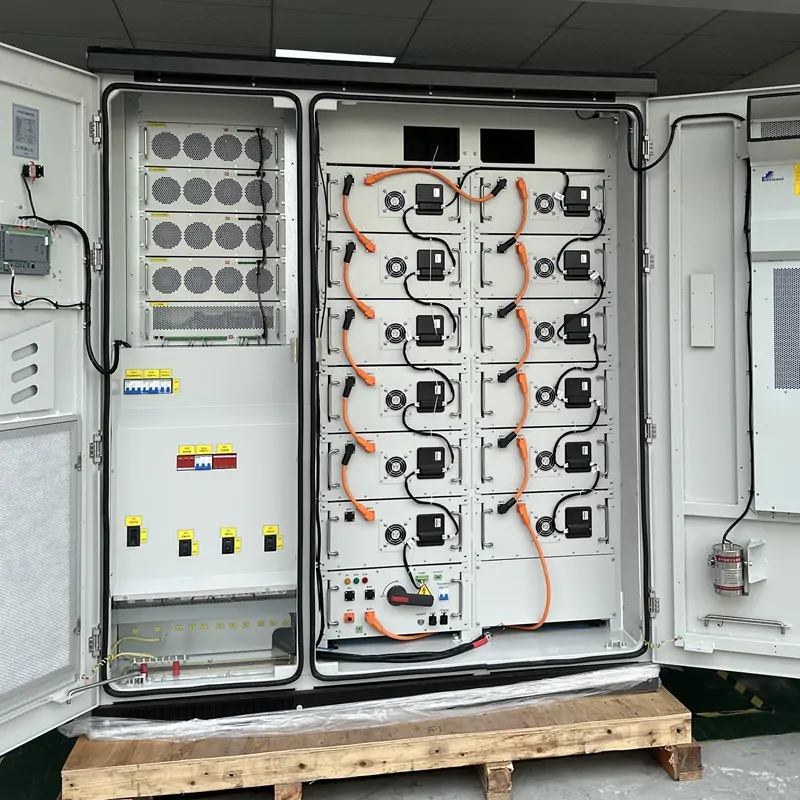How Long Can a Lithium Ion Battery Last Without Charging?
Lithium-ion battery can last from a few days to a few months without charging, depending on the device and usage. Typically, smartphones last 2-3 days in standby mode, while laptops last 1-2 weeks when switched off. Low-power devices such as wireless keyboards can last for months. However, factors such as battery capacity, age of the device and storage conditions can significantly affect this duration.
In this article, we’ll look at the factors that affect how long your battery lasts, tips for extending battery lifespan, and more. Whether you’re looking to extend the time between charges for everyday devices or optimize the storage of seldom-used lithium-ion battery products, please read on.
Table of Contents
Factors Affecting Lithium ion Battery Last Without Charging
Several key factors influence how long a lithium-ion battery will last without charging:
1. Self-discharge rate: Lithium-ion battery typically self-discharge at room temperature at a rate of about 1-3% per month. This means that they will naturally lose charge over time, even when not in use. For example, a fully charged 3000mAh lithium ion battery may lose about 30-90mAh per month due to self-discharge.
2. Temperature: High temperatures accelerate self-discharge rates. Storing lithium ion batteries at cooler temperatures (approximately 15°C or 59°F) can significantly extend their life. Elevated temperatures result in increased self-discharge rates. As a result, lithium ion batteries stored at higher temperatures may lose charge much faster than batteries stored at ideal temperatures.
3. State of Charge (SOC): The initial charge level at which storage begins affects lifespan. A battery stored at approximately 40-50% state of charge will last longer than a fully charged or fully discharged battery. Fully charged batteries experience more chemical stress, which can lead to faster degradation over time.
4. Battery age and health: Older lithium ion batteries or batteries that have gone through multiple charge cycles will lose power faster than newer batteries. A lithium ion battery that has gone through 500 charge cycles may have less capacity than a new battery, which can affect its ability to hold a charge during storage.
5. Battery Chemistry: Different lithium ion chemistries have different self-discharge rates. For example, LiFePO4 (lithium iron phosphate) batteries typically have lower self-discharge rates than other types of lithium-ion batteries.
6. Battery Capacity: Battery capacity is measured in milliampere-hours (mAh) or amp-hours (Ah) and directly affects how long the battery can power a device. Other things being equal, higher capacity usually means longer standby time.
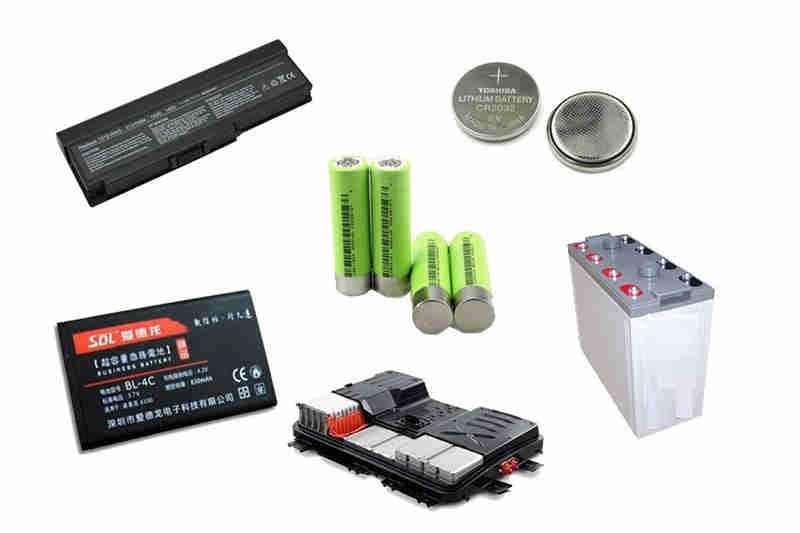
Battery Duration for Different Devices
The duration of a lithium-ion battery without charging varies from device to device:
1. Smartphones: Usually 2-3 days in standby mode. However, some smartphones with large battery capacity can last up to a week if used minimally.
2. Laptop: Usually 1-2 weeks in shutdown mode. In sleep mode, most laptops last 3-5 days.
3. Tablet: Similar to a laptop, 1-2 weeks in shutdown and about a week in standby mode.
4. Wireless headphones: Typically last 2-4 weeks when not in use in the charging case.
5. E-reader: Can last up to 2-3 months due to low power consumption.
6. Smartwatch: Usually 2-5 days depending on usage and features.
7. Digital Camera: Can hold power for a few weeks to a few months when switched off.
8. Electric Vehicle: If stored properly, electric vehicle batteries can hold their charge for months. Most manufacturers recommend keeping these batteries at 40-60% charge for long-term storage. This charge level minimizes battery degradation while maintaining enough charge to keep the lithium ion battery management system running. The length of storage depends on several factors. And it is recommended that even if not used for a long period of time, the battery status should be checked every few months and recharged if necessary.
How to Extend the Life of Lithium-ion Batteries?
To maximize the lifespan of lithium-ion batteries when not in use, consider the following:
1. Partial Charge Storage: Keeps the lithium ion battery at approximately 40-50% charge. This puts less strain on the battery than fully charging or fully discharging. If your device allows it, set a charge limit to prevent overcharging.
2. Controlling Temperature: Store in a cool, dry place. Avoid extreme temperatures, especially high temperatures. The ideal storage temperature is between 15°C and 25°C (59°F and 77°F). Consider using a battery storage bag that provides insulation.
3. Regular Charging: For long term storage, periodically check the condition of the lithium ion batteries by charging them to 50%. Reminders can be set on your calendar to ensure you don’t forget this important step.
4. Avoid Complete Discharge: Try not to let your lithium ion batteries become completely drained before recharging them. Try to charge the lithium ion battery when it is at 20-30%.
5. Use Original Charger: When charging, use the manufacturer’s original charger to ensure proper voltage and current. Fast chargers may generate more heat, potentially affecting lithium ion battery life.
6. Update Software: Keep your device’s software up to date. Manufacturers often include battery optimization features in software updates.
7. Reduce Battery Stress: If the device being stored has a removable battery, consider removing the battery for separate storage.
8. Avoid Wireless Charging Storage: If your device supports wireless charging, use a wired charger when storing charges as wireless charging generates more heat.
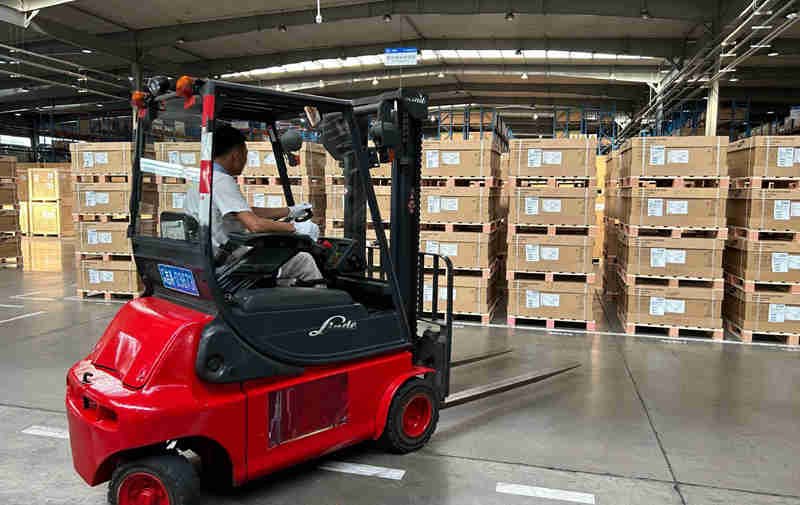
Proper Storage of Lithium-ion Batteries
Proper storage is critical to maintaining the health of your lithium ion batteries:
1. Temperature Control: Store between 15°C and 25°C (59°F and 77°F). Avoid freezing temperatures and high temperatures above 30°C (86°F). Use a thermometer to monitor storage area temperature.
2. Humidity Control: Store lithium ion batteries in a dry environment. High humidity may cause corrosion. Target relative humidity is 30-50%. Consider using silica gel packs or other dehumidifiers in storage containers to absorb excess moisture.
3. Avoid Magnetic Fields: Keep batteries away from strong magnetic fields, which may affect their performance. This includes staying away from large speakers or magnetic closures.
4. Use Plastic Containers: If storing multiple lithium ion batteries, use plastic containers to prevent short circuits. Make sure batteries are not in direct contact with each other.
5. Regular Inspection: Check stored lithium ion batteries every few months for signs of expansion or damage. If any abnormalities are found, dispose of the batteries safely.
6. Labeling and Dating: Label stored lithium ion batteries with the storage date and charge level. This helps maintain a proper rotation and charging schedule.
7. Avoid Conductive Surfaces: do not store lithium ion batteries on metal shelves or in metal containers as these may cause short circuits.
FAQ
1. Q: How long can a lithium-ion battery sit unused?
A: Lithium-ion batteries can be safely left unused for 3-6 months. However, the exact time depends on storage conditions and battery quality. Ideally, the battery status should be checked every 3-6 months and recharged if necessary.
2. Q: Do lithium batteries drain when not in use?
Yes. Because lithium ion batteries will self-discharge whether they are used or not. This is determined by the chemistry of the battery and is a process that cannot be completely avoided. However, this rate may vary depending on battery type, quality and storage conditions.
3. Q: Will lithium ion batteries be damaged if left uncharged for a long time?
A: Leaving a lithium ion battery uncharged for a long period of time may cause damage to the battery. If the lithium ion battery is completely drained (deeply discharged), permanent damage may result. To avoid this, it is recommended that the battery be charged to approximately 40-50% of its capacity before long-term storage, and that it be checked every 3-6 months and replenished if necessary.
4. Q: Can I use long term storage batteries?
A: It depends on how it is stored. If it is stored correctly in a partially charged state and regulated regularly, it should be fine. However, always check for any physical damage before use.
5. Q: How do I know if the stored lithium ion batteries are still good?
A: To check if a stored lithium-ion battery is still good, first perform a visual inspection for signs of swelling, leakage, or case damage. If the appearance is normal, you can use a multimeter to measure the voltage or load the battery directly into the test device. If the battery does not charge or function properly, or if you notice anything unusual, it may need to be replaced. If in doubt, it is best to consult a professional to be on the safe side.
By understanding these factors and following proper care guidelines, you can significantly extend the lifespan of your lithium-ion batteries, both in use and during storage. Keep in mind that while these batteries are designed to last a long time, their performance is greatly affected by how we use and store them. With proper maintenance, your lithium-ion batteries can provide reliable power for years to come.

